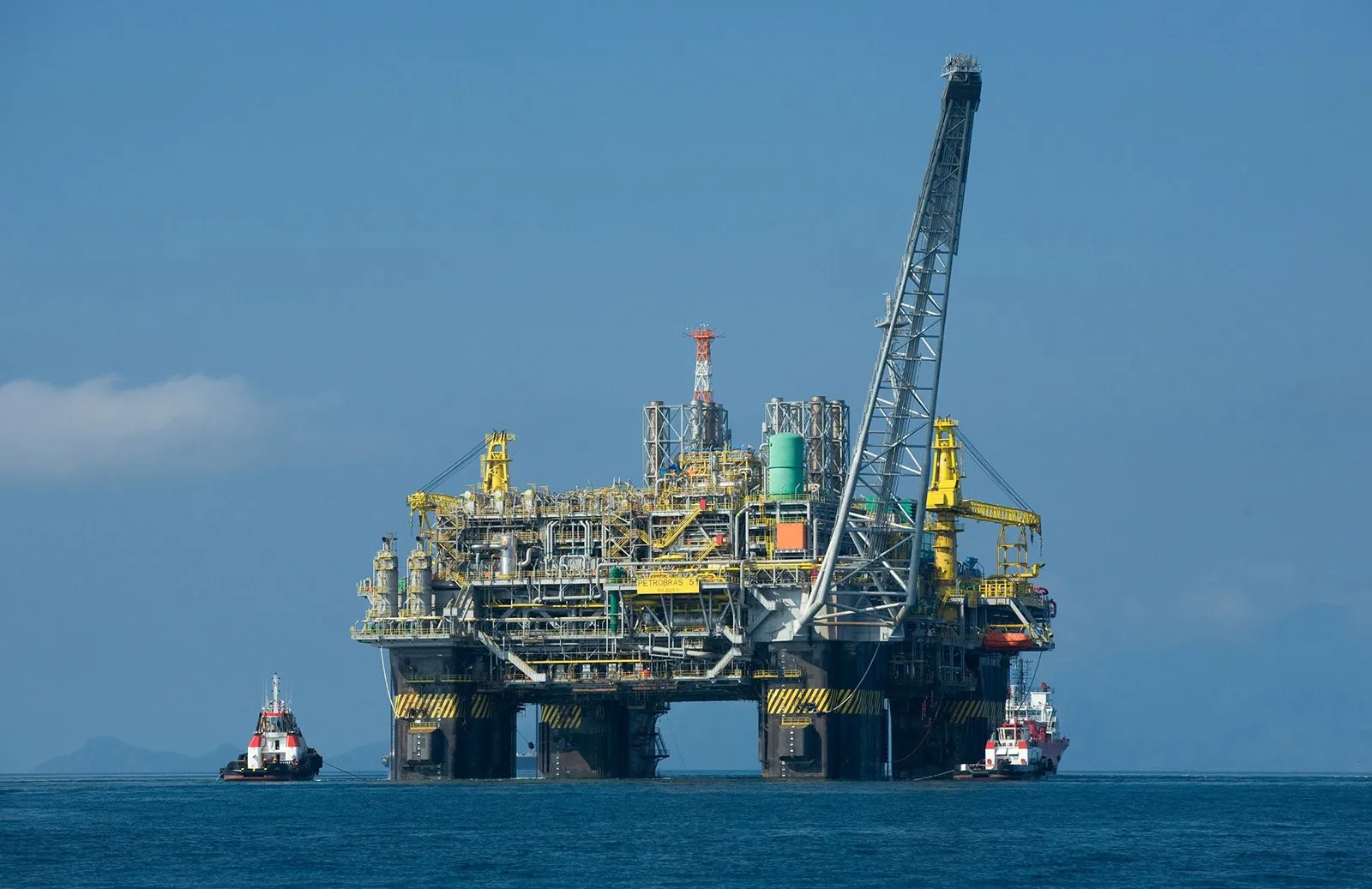
What Is the Triple Point Temperature?
The triple point temperature is the unique temperature (and corresponding pressure) at which all three phases of a substance coexist in thermodynamic equilibrium. For example, pure methane—the primary component of natural gas—has a triple point at approximately 90.7 K and 0.117 bar.
Knowing this point allows engineers to predict when phase transitions will occur during gas cooling, liquefaction, or pressure reduction.
How Does the Triple Point Affect Natural Gas Processing?
Natural gas recovery often involves multiple cryogenic processes, where gases are cooled and separated based on their phase-change behavior. The triple point provides a reference boundary for these phase changes:
- Preventing solid formation: If the temperature falls below the triple point, components like CO₂ or H₂O can freeze, leading to blockages in pipelines and equipment.
- Optimizing liquefaction: Understanding each component’s triple point helps determine the most efficient conditions for liquefying methane and heavier hydrocarbons without unwanted solid deposition.
- Designing separation systems: Phase diagrams incorporating triple points allow accurate modeling of distillation and fractionation columns, minimizing energy consumption and maximizing yield.
Why Is It Critical for Storage and Transport?
During LNG (liquefied natural gas) storage and shipping, maintaining temperature and pressure above the triple point ensures the natural gas stays fully liquefied. If conditions approach or cross the triple point, solidification or phase instability may occur, compromising safety and efficiency.
Thus, the triple point serves as a thermodynamic safeguard, guiding engineers to design insulated tanks and pressure control systems that prevent phase imbalance during storage and transit.
What Role Does It Play in Energy Efficiency?
By accurately mapping the triple point of each component in natural gas, operators can fine-tune recovery and processing systems to minimize energy losses. Precise temperature control avoids unnecessary overcooling or reheating, thereby reducing operational costs and emissions.
In short, the triple point is not just a scientific curiosity—it’s a key to energy-efficient, safe, and sustainable natural gas production.
Conclusion
Understanding and applying the concept of triple point temperature allows natural gas engineers to optimize every stage of recovery—from separation and liquefaction to storage and transport. It ensures the process remains thermodynamically efficient, operationally safe, and environmentally responsible.